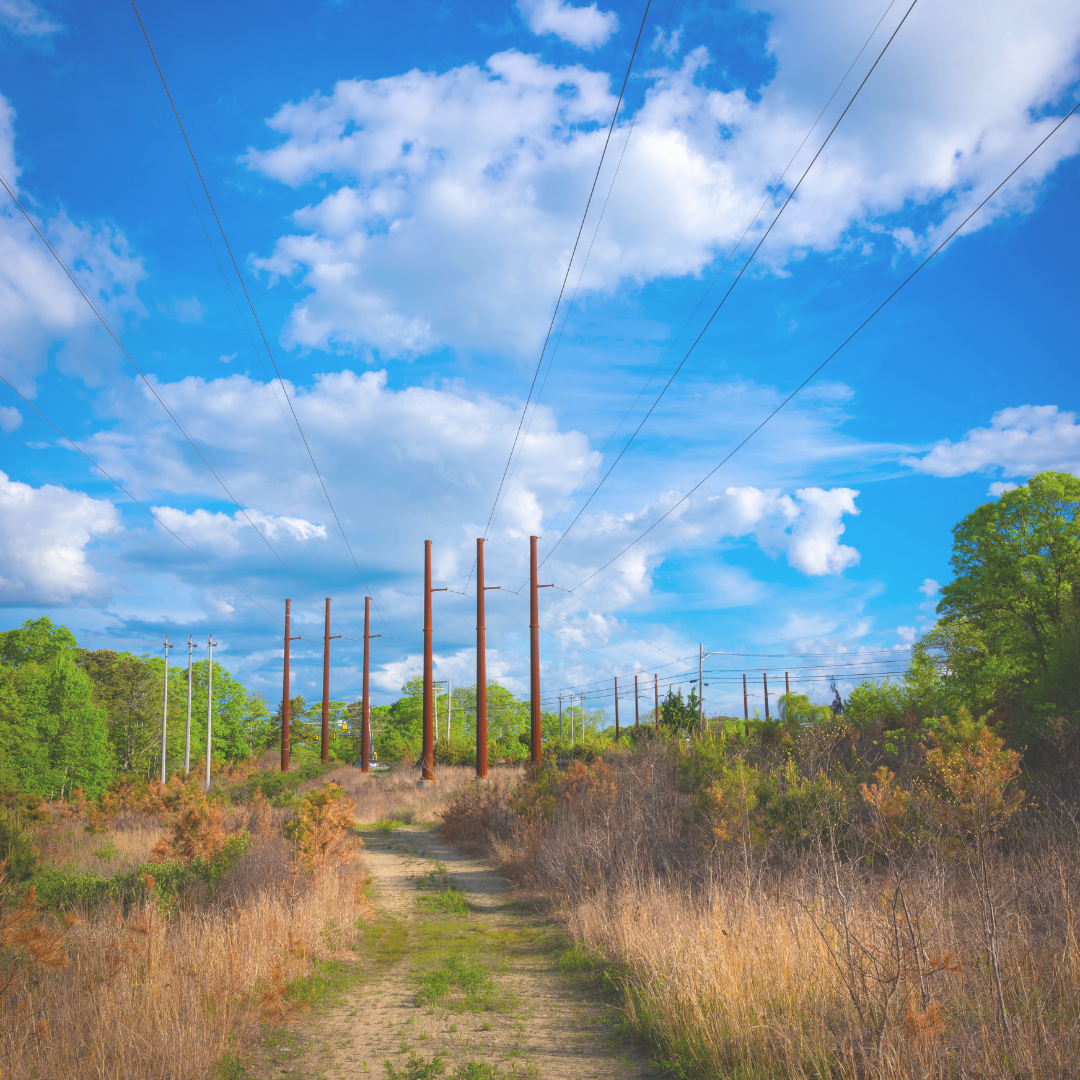According to Webster’s Dictionary, an easement is an interest in land owned by another that entitles its holder to specific limited use or enjoyment. Today, we’ll discuss two types of easements…utility and ingress/egress.
 Most homeowners would claim their property doesn’t have easements, but if a property has electricity, water, cable or gas, there are utility easements. These easements allow companies to enter and access a property when needed for installments or repair. Where these easements are could impact how a homeowner uses this portion of their property. If the homeowner builds a fence across the utility easement, the utility company would have the ability to tear down the wall to access the easement.
Most homeowners would claim their property doesn’t have easements, but if a property has electricity, water, cable or gas, there are utility easements. These easements allow companies to enter and access a property when needed for installments or repair. Where these easements are could impact how a homeowner uses this portion of their property. If the homeowner builds a fence across the utility easement, the utility company would have the ability to tear down the wall to access the easement.
Ingress/egress easements are typically what people envision when talking about easements. These types of easements allow access to and from a home and are located on another homeowner’s property. For example, if a house is on a back lot, there would be an easement on a neighbor’s property that allows them to drive on it to access their home.
Here are some things to consider regarding easements.
- Homebuyers will want to confirm that they have the right to use the easement on another’s property.
- Besides having the right to use the easement, the homebuyer needs to determine who is responsible for the upkeep of the easement. If the easement is solely for the benefit of the back lot to access the road, then the back lot property owner is probably liable for any upkeep. If the easement is a shared driveway, then a maintenance agreement should be in a place where both parties share the cost of care and repair.
- The property owner whose land the easement crosses is limited in what they can do with it. Nothing could encroach on the easement so they couldn’t plant a tree or build a fence. Most easements have a designated width where nothing can be done that blocks access. So if a two-acre property is purchased, there may be a certain portion that can’t be used by that property owner. Nothing can impede access.
- When buying a property with an easement that another property owner will use, find out where the responsibility lies for keeping that easement clear. Find out if there is a road maintenance agreement and if both property owners have the right to use the easement.
Locations of easements can be found on property deeds or subdivision plats. It is also highly recommended to obtain a survey to determine precisely where the easement is located. Should any questions arise regarding easements, clarification and understanding of rights, location and responsibility can eliminate any problems. As always, we are here to assist you with any questions. Feel free to contact us here.
to determine precisely where the easement is located. Should any questions arise regarding easements, clarification and understanding of rights, location and responsibility can eliminate any problems. As always, we are here to assist you with any questions. Feel free to contact us here.